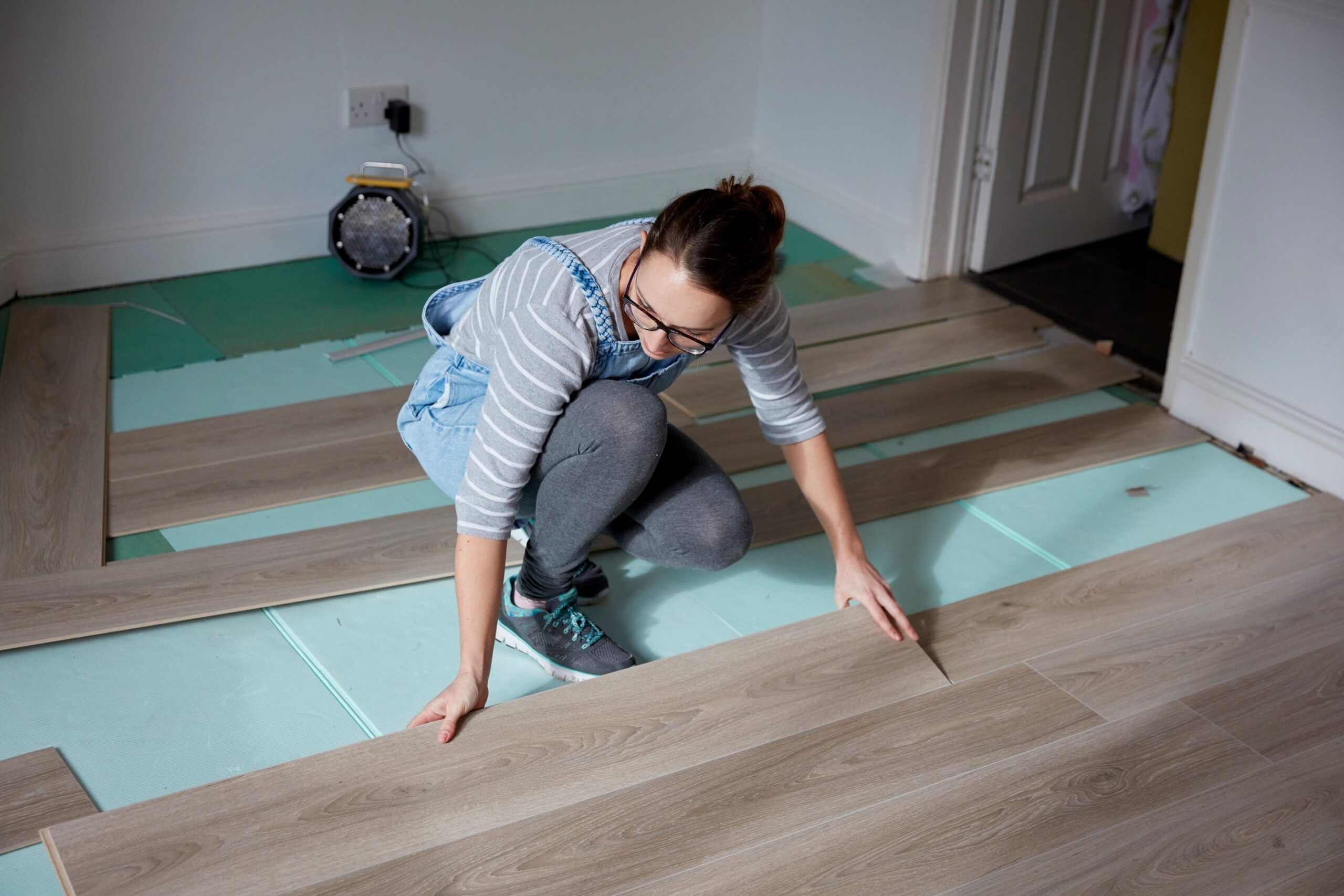Facades with aluminum-framed panels, such as aluminum-framed facades with glass or metal panels, include light-weight glass curtain walls. This kind of glazing system is not capable of bearing the weight of a roof or a foundation. Instead, stresses such as gravity and wind resistance are shifted from the building’s surface to the structure’s floor line.
Curtain walls are often utilized as a part of a wall system or as part of a building’s envelope. There must be meticulous coordination between the many structural components of a building, such as wall claddings and roofs, in order for each glazing system to work correctly Many different types of curtain wall systems are available, from standard prefabricated systems to custom-made wall modules. Increased personalization and larger sizes are frequently related with higher costs. You can stick curtain wall glass right then and there.

Glass curtain walls may be used for more than just commercial purposes. The glazing choices available to homes may also be beneficial to them.
Stick-mounted and unitized or “modular” glass curtain-wall systems differ in the following ways:
Glass curtain walls are divided into stick systems and unitized or modular systems depending on their manufacture and installation techniques. The most prevalent kind of glass curtain wall is the stick system. Small glass or opaque panels are used to provide a framing for stick systems. These panels are created and installed as part of a larger system.
These systems are made up of a few large components that are assembled and then glazed in a factory. Installers and builders are responsible for putting the glass components together on-site. Mullions in neighboring modules are meant to match each other vertically and horizontally. Units are normally between five and six feet wide, although modules come in a broad range of dimensions.. As a rule of thumb, each part is around one story high by one module wide; however, each section may include a variety of modules in varying sizes.

Unitized and modular glass curtain wall systems are appropriate for both interior and external glazing applications, and may be used to create both exterior and interior glazing. Each has its own set of advantages and disadvantages. For improved energy efficiency, curtain wall apertures may be outfitted with unitized curtain wall glass or opaque panels installed from the interior of the building. These systems are generally created with a particular goal in mind.
Low-rise construction projects that need easy access to the building’s outside surfaces benefit greatly from exterior glazing systems. Higher-rise construction projects with a wider scope may need inside glazing. There are logistical issues in procuring and changing many layers, as was previously indicated. Scaffolding or booms are typically needed to get access to the outside of the curtain wall when these systems are being repaired or replaced. There are a variety of ways in which curtain wall systems may be used in a building.

Glass curtain wall systems are divided into three categories:
Pressure-equalized rain screen systems are your best option if you want a system that can withstand both air and water intrusion. Using a gasket, a pressure-equalized chamber is created around the glass to keep the elements out. As a rain screen, glass and other outside glazing materials, when attached to the aluminum frame, keep water from entering the structure. Wind loads may also be transmitted effectively by these devices.


















Comments